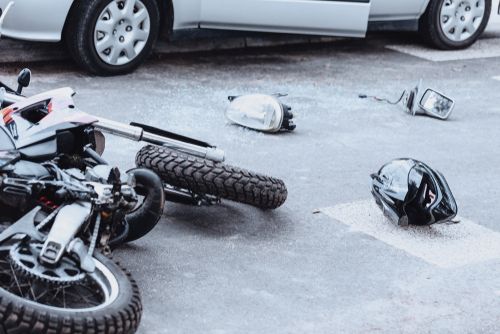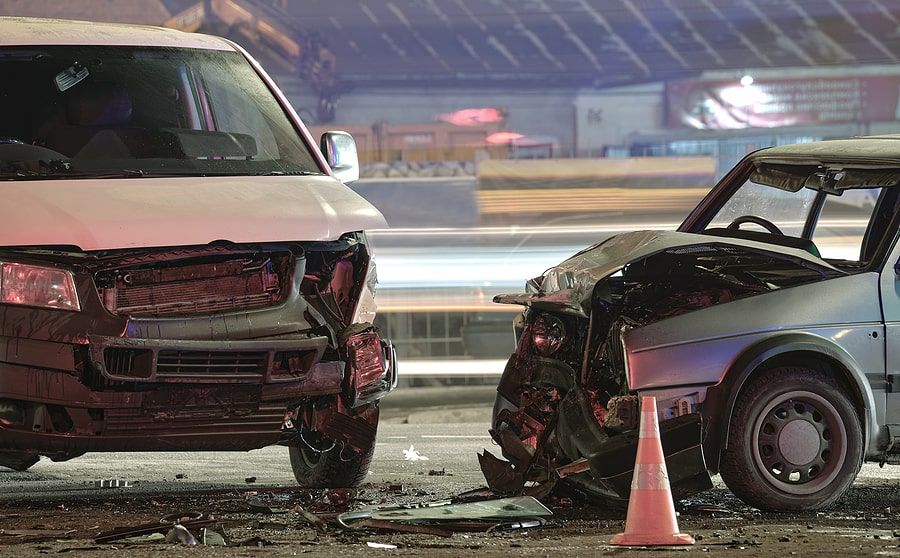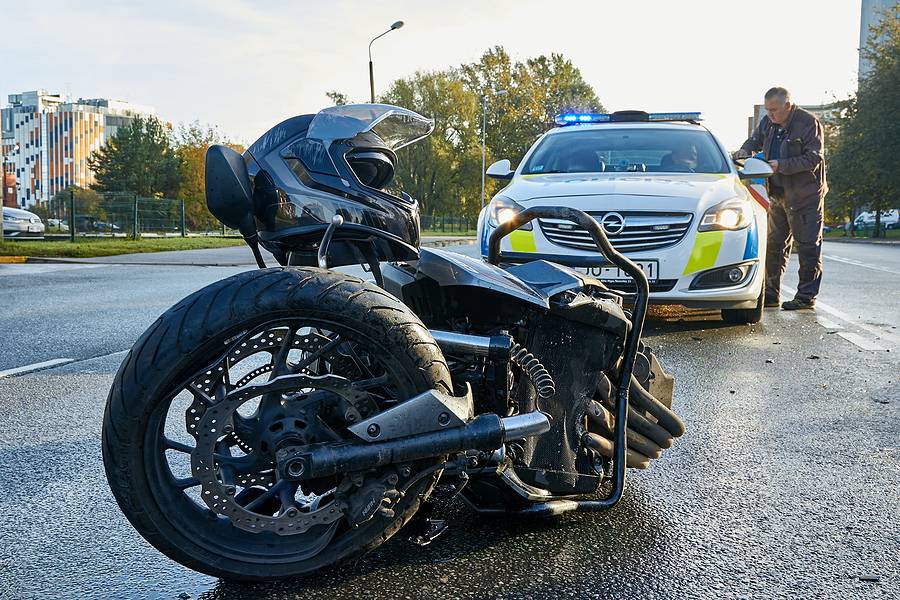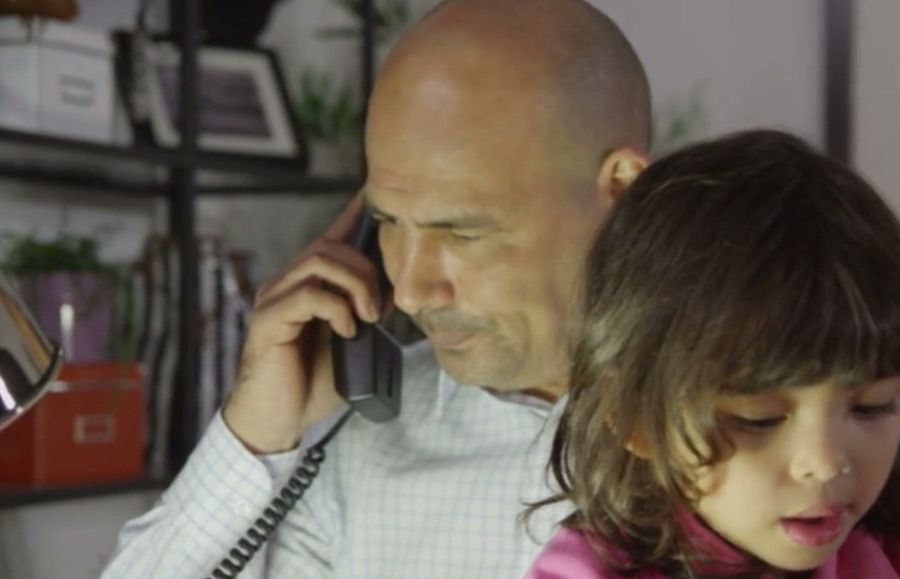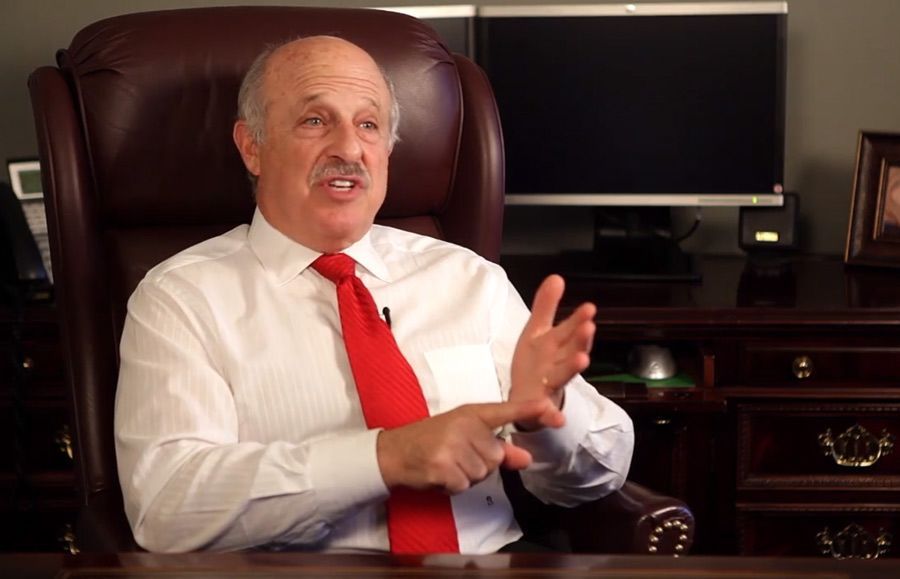Despite motorcyclists accounting for a small percentage of all road users, they face high risks due to their vulnerability on the road. Negligent drivers, ranging from those distracted by their phones to those failing to yield the right-of-way, contribute to these accidents.
Motorcyclists face unique challenges, and understanding their rights under New York law promotes safety and accountability.
Below, you will find a comprehensive guide to New York motorcycle laws. It focuses on motorcyclists’ legal obligations, common violations committed by other motorists, and how a Long Island, NY motorcycle accident lawyer can help.
Key Motorcycle Laws in New York
- Helmet and Eye Protection Laws:
Under New York Vehicle and Traffic Law (VTL) §381, all motorcyclists and their passengers must wear a helmet. The helmet must meet the safety standards established by the Department of Transportation (DOT).
Motorcyclists are also required to wear protective eyewear, such as goggles or a face shield, to protect themselves against debris and improve visibility. Helmets and eye protection help reduce the risk of severe injury or death in the event of an accident. Studies consistently show that motorcycle helmets are 37 percent (for riders) and 41 percent (for passengers) effective in preventing deaths and the risk of head injury by 69 percent.
The rationale behind these laws extends beyond individual safety. Motorcycle crashes often lead to significant medical costs, some of which taxpayers bear through public health programs.
Therefore, compliance with helmet laws is a matter of personal safety and a public health concern. Riders should make sure their helmets are up to date with current standards, as older helmets may not provide adequate protection.
- Lane Splitting and Lane Sharing:

Lane splitting, the practice of riding a motorcycle between slow-moving or stopped traffic lanes, is prohibited in New York. However, motorcyclists are entitled to the full use of a lane. This means that cars and trucks cannot crowd motorcyclists or deny them adequate space to maneuver safely.
Lane sharing—riding two motorcycles side by side in a single lane—is permitted, but riders should exercise caution to maintain safety.
Weaving between lanes is ultimately banned because it’s dangerous. Research has shown that motorcyclists are more likely to be struck by inattentive drivers when lane splitting.
However, advocates for lane splitting argue that, when done responsibly, it can reduce traffic congestion and lower the risk of rear-end collisions.
- Equipment Requirements:
New York’s traffic laws mandate that motorcycles be equipped with specific safety features. These include:
- At least one mirror
- Functional turn signals
- A working headlight and taillight
- Properly maintained muffler to control noise levels
Regular maintenance is needed to make sure the motorcycle remains road-legal and to prevent mechanical failures that could lead to accidents.
Riders are also encouraged to consider additional safety equipment. Anti-lock braking systems (ABS), for example, can reduce the likelihood of fatal crashes significantly. Reflective gear and additional lighting can improve visibility, especially during nighttime riding.
By exceeding the minimum requirements, motorcyclists can enhance their safety and reduce their risk of collisions.
Common Violations by Other Motorists
- Failure to Yield the Right of Way:
One of the leading causes of motorcycle accidents is motorists failing to yield the right-of-way. A typical scenario involves a driver making a left-hand turn at an intersection directly into the path of an oncoming motorcycle.
Motorcycles are smaller and less visible than other vehicles, and drivers who fail to checking for them before turning often causes catastrophic collisions.
This type of negligence underscores the need for driver education programs emphasizing the importance of sharing the road with motorcyclists. Public awareness campaigns can play a role in reducing these incidents as well.
For example, the Look Twice, Save a Life campaign has been instrumental in reminding drivers to be vigilant for motorcycles, especially at intersections.
- Distracted Driving:
When drivers text, make phone calls, or adjust their GPS while on the road, they’re less likely to notice motorcyclists. A momentary lapse in attention can have devastating consequences for a motorcyclist.
New York imposes heavy fines and penalties for using electronic devices while driving. Despite these measures, enforcement remains a challenge. Motorcyclists are encouraged to stay vigilant and anticipate potential hazards from distracted drivers.
Defensive riding techniques, such as maintaining a safe distance and avoiding blind spots, can help mitigate these risks.
- Following Too Closely (Tailgating)
Motorcycles require less stopping distance than cars but are also more vulnerable to rear-end collisions. When drivers follow too closely, they reduce the motorcyclist’s ability to react to sudden stops or hazards. Tailgating is particularly dangerous for motorcyclists, as even a minor rear-end collision can cause severe injuries.
Stricter penalties for tailgating could address this issue. However, these solutions require widespread adoption and consistent enforcement to be effective.
- Improper Lane Changes:
Blind spots are a hazard for motorcyclists. Drivers who fail to check their blind spots or neglect to use turn signals when changing lanes can easily sideswipe a motorcycle. This type of negligence is a common cause of accidents.
Motorcyclists can protect themselves by strategically positioning themselves in lanes to maximize their visibility. High-visibility clothing and additional lighting can also alert drivers to their presence, reducing the risk of collisions during lane changes.
- Speeding and Reckless Driving:
Excessive speed reduces a driver’s ability to react to sudden changes in traffic conditions, creating hazardous situations for motorcyclists.
Reckless driving behaviors, such as weaving through traffic or aggressive overtaking, further endanger motorcyclists who may not have enough time to evade a speeding vehicle.
Advocacy groups have called for increased enforcement of speeding laws and the installation of speed cameras in high-risk areas. These measures and public education campaigns can help deter reckless driving and create safer conditions for all road users.
Negligence and Liability in Motorcycle Accidents
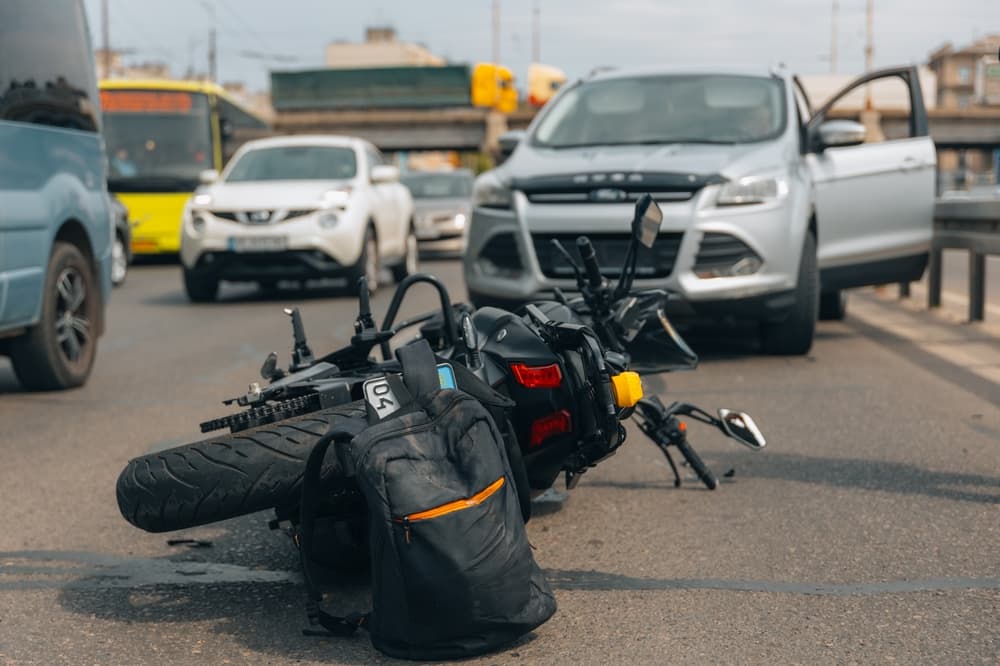
In legal terms, negligence refers to the failure to exercise reasonable care to prevent harm to others. When drivers violate traffic laws or act carelessly, they can be held liable for any resulting damages.
For motorcyclists, establishing negligence often involves proving that the motorist’s actions directly caused the accident.
Establishing Liability:
Traffic law violations, such as speeding, running a red light, or failing to yield, can serve as evidence of negligence. In motorcycle accident cases, eyewitness testimony, dashcam footage, and police reports often play a role in establishing liability. For example, if a motorist’s failure to check their blind spot led to a collision, this could be used to prove fault.
Accident reconstruction experts may also be called to provide professional analysis of the events leading up to the crash. Their insights can be invaluable in complicated cases where the fault is disputed.
Role of Comparative Negligence in New York:
New York follows the doctrine of comparative negligence, which means that an injured motorcyclist can still recover damages even if they were partially at fault for the accident. However, their compensation will be reduced by their percentage of fault.
Understanding comparative negligence is essential for motorcyclists pursuing legal claims. An experienced attorney can help navigate these complexities and ensure riders receive fair compensation for their injuries.
How Motorcyclists Can Protect Their Rights
Here’s a breakdown of the essential measures motorcyclists should take to help protect their rights:
- Documenting the Scene of the Accident:
Immediately after an accident, motorcyclists should prioritize safety and seek medical attention if needed. Once they are in a safe position, they should document the scene as much as possible.
Taking photographs of the accident site, including damage to the motorcycle and other vehicles, skid marks, debris, and traffic signals, can become vital evidence. Equally important is capturing the road conditions, weather, and visibility at the time of the accident.
Motorcyclists should also record video footage, as it can offer a broader perspective of the environment and any contributing factors. For example, a video might reveal obstructed signage or poor road maintenance, which could strengthen the case.
- Gathering Evidence of Traffic Law Violations:
Witness testimony can be invaluable in establishing fault. Motorcyclists should collect contact information from anyone who saw the accident and is willing to provide a statement. Witnesses can corroborate claims of reckless driving, failure to yield, or distracted driving by the other party.
Traffic camera footage can also play a role, whether from the motorcyclist’s device or nearby vehicles. This footage may capture the moment of impact or the events leading up to it, such as a motorist failing to check their blind spot or running a red light.
Obtaining a copy of the police report is also a good idea because it often includes the officer’s preliminary assessment of fault based on the evidence and statements gathered at the scene.
- Medical Attention and Maintaining Records:
Even if injuries initially seem minor, motorcyclists should go to the doctor. Specific injuries, such as internal trauma or whiplash, may not manifest immediately but can have long-term consequences. A medical evaluation creates a documented record of injuries, which is important for treatment and legal claims.
Motorcyclists should retain all medical records, including doctor’s notes, diagnostic tests, treatment plans, and bills. These documents provide a clear picture of the accident’s physical and financial impact, which is essential for pursuing compensation.
It’s also not a bad idea to keep a journal of symptoms, pain levels, and recovery. This can help convey the accident’s emotional toll in legal proceedings.
How an Experienced Motorcycle Accident Attorney Can Help
Motorcycle accident cases can be complicated, especially when multiple parties or factors are involved. An experienced motorcycle crash attorney can help with the legal process and maximizing compensation. Here are some key ways a lawyer can assist motorcyclists:
- Investigating the Accident and Identifying Liable Parties
A motorcycle accident lawyer will conduct a thorough investigation to uncover all contributing factors. This may involve:
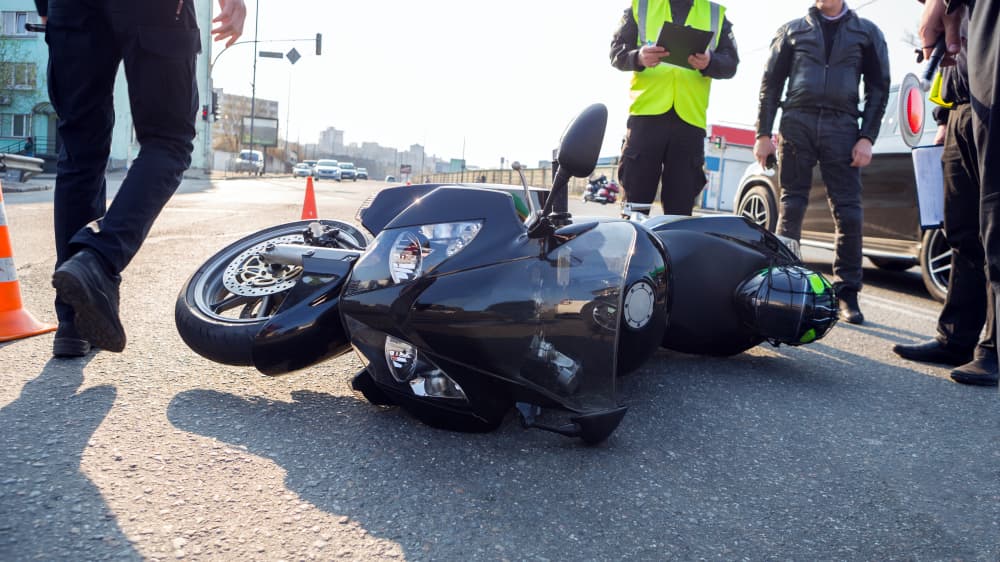
- Reviewing police reports
- Analyzing photographic evidence
- Consulting accident reconstruction experts
- Interviewing witnesses
In some cases, liability may extend beyond the driver, such as to a municipality responsible for maintaining safe road conditions or a vehicle manufacturer if defective equipment plays a role.
By identifying all liable parties, a lawyer can pursue compensation from all relevant sources, increasing the likelihood of recovering the full amount of damages.
- Negotiating with Insurance Companies:
Dealing with insurance companies is challenging, as they often prioritize minimizing payouts. Adjusters may attempt to downplay the severity of injuries or shift blame onto the motorcyclist. Skilled motorcycle accident lawyers understand these tactics and can counter them effectively.
Motorcycle accident attorneys handle all communications with insurance companies so motorcyclists are not pressured into accepting lowball settlements.
They leverage evidence and legal experience to advocate for fair compensation that accounts for medical expenses, lost wages, property damage, and pain and suffering.
- Pursuing Compensation for Damages:
In addition to negotiating with insurance companies, a lawyer can file a personal injury lawsuit if a settlement cannot be reached. They will build a strong case that demonstrates the extent of the motorcyclist’s losses and the other party’s negligence.
Damages in motorcycle accident cases may include:
- Medical expenses: Past and future treatment costs, rehabilitation, and assistive devices.
- Lost wages: Income lost due to missed work and reduced earning capacity.
- Pain and suffering: Compensation for physical pain, emotional distress, and diminished quality of life.
- Property damage: Repairs or replacement of the motorcycle and other personal property.
By pursuing all available avenues for compensation, a lawyer helps motorcyclists achieve financial recovery and focus on healing.
Schedule Your Free Consultation with a Motorcycle Accident Lawyer Today
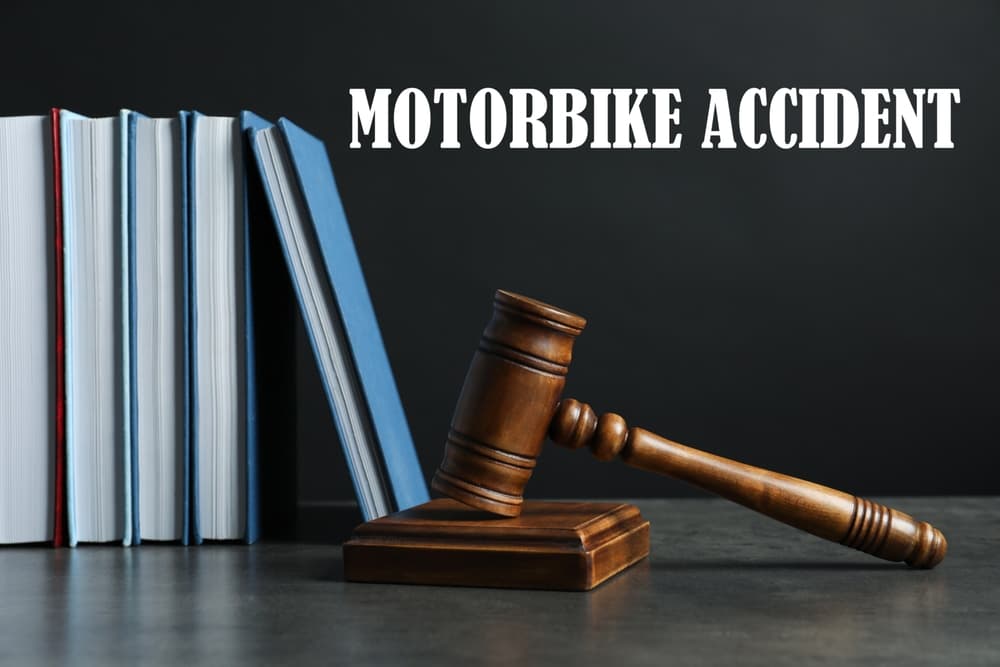
If a negligent driver injures you, you must protect your rights.
A skilled Long Island, New York personal injury attorney can provide the guidance and support needed to hold negligent parties accountable and secure your compensation.
Call (631) 451-7900 today for a free consultation to discuss your case. Let us help you protect your rights and gain justice.
